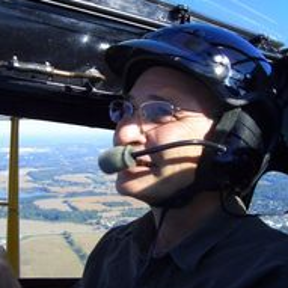Welcome to the Onshape forum! Ask questions and join in the discussions about everything Onshape.
First time visiting? Here are some places to start:- Looking for a certain topic? Check out the categories filter or use Search (upper right).
- Need support? Ask a question to our Community Support category.
- Please submit support tickets for bugs but you can request improvements in the Product Feedback category.
- Be respectful, on topic and if you see a problem, Flag it.
If you would like to contact our Community Manager personally, feel free to send a private message or an email.
Best Of
Re: My Education plan has just expired and I can't find out how to renew it.
There is an option for me to renew my account inside of the Onshape home page, but it bugs out. All the support team has told me to do so far is to try to make a new edu account with the same info at cad.onshape.com/edu, but that doesn't work either. I've been locked out of all of my documents for 2+ weeks, and I contacted them again, anybody have any other solutions?
Re: how to put the cubes together in assembly?
Try searching Public documents for "Rubik's". You could search the forum for the same subject - it's been discussed here before.
Re: Announcing The Onsherpa
With sherpa in the name, Evan will can guide you through task as large as Everest. 😁
Re: I absolutely love Onshape!
Yeah the reason I don't post much of my FeatureScript endeavors on here is because there's a lot I can't demo. I did do some demos on Onshape's old podcast Innovator's Insider, but those are pretty old. The only video I know we have is from LiveWorx 2023, where I do a few quick demos on some specific custom features. But our workflow is more about the sum of its parts instead of focusing on a few custom features, and currently I can't demo that in its entirety.
I can talk about a few ways we've leveraged the API to work with templates and I can discuss some of the ways we've put attributes on parts to create a system where parts can talk to each other in order to enforce business rules. That might be better suited to a private message or a call. Shoot me a message if you have more questions.
Re: Workflow for Tolerancing/Different Manufacturing Processes
Configurations sounds like what you are after. You could have one for 3d print, one for CNC.
Suggest using move-face features for your tolerancing. Then you can change the value with a configuration. Or, have one move face for CNC, and a second for 3d print. Then control their supression with the configuraion.
As a check, do you really need two versions? 3D printers are quite good these days. Holes still tend to come in a hair undersized, but the rest of the model is usually pretty good. Holes are usually for screw clearance, so even if undersize, they might still work.
Re: Part naming/ID after breaking a part into three pieces
I'm not sure if the "assign identity" FS would help here (https://cad.onshape.com/documents/fcf31e8bc171b06037008400/v/7e1b5b2304e2bd6d9223a41a/e/e076332e1669ea9babcaf65b)… maybe worth a shot.
However I have to ask why you are combining into a single part and later trying to extract a single key from that… This seems like a strange workflow and I suspect there might be a better way of doing what you are trying to achieve but it's hard to tell without knowing what you are trying to do…
Re: I absolutely love Onshape!
I did a set of stairs in Onshape then imported to VW. Now I originally modeled in VW and that was ok until someone decided to change the vertical height (fl to fl) by 1/2". The stairs shown I can adjust an inch up or down and everything updates, railings and all with just one dim change.
Re: how to make a gear
Use this custom feature: https://cad.onshape.com/documents/5742c8cde4b06c68b362d748/w/b493e0cb681bbf9497d9f4b3/e/c72760543a0d4412e72f6d38
 _anton
_anton







